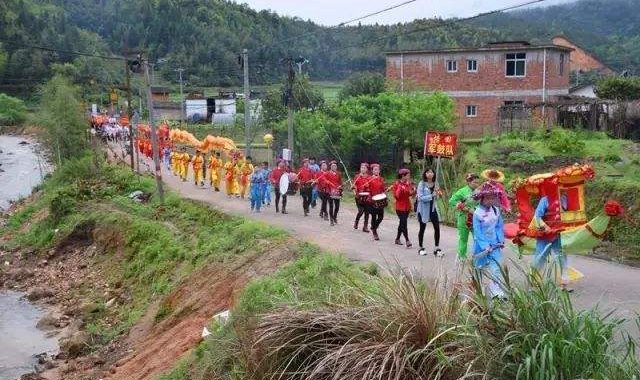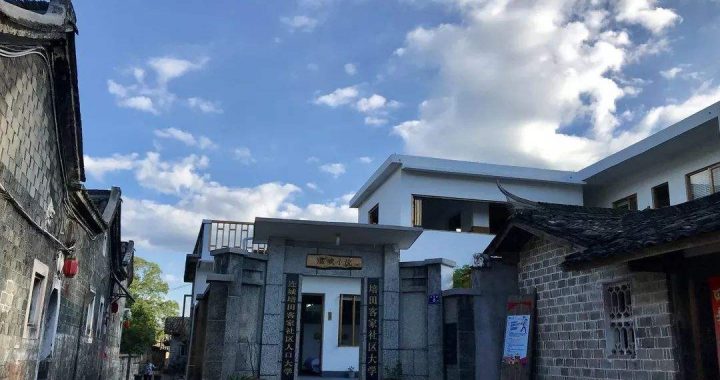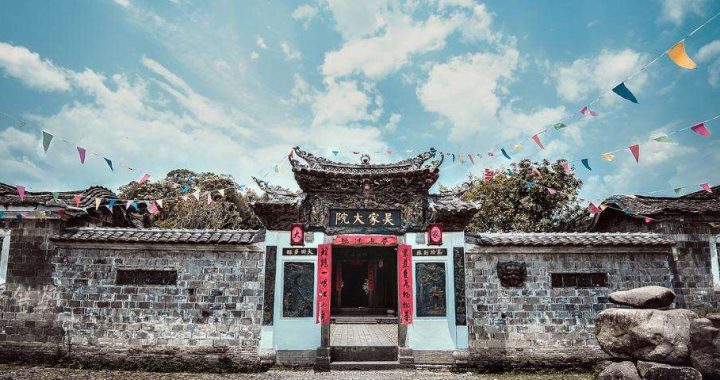Old lane of Peitian Village
3 min readGuan Hallis one of the typical architectures of the ine Halls and Eighteen Courtyards.Built in the reign of oingEmperor Kangxi(1654-1722),it has an areaof 7,000 square meters.It consists of five rows of houses,with a pond in the front courtyard and a pavilion at the back,and two parallel rows of houses on the left and right sides.The hallis surrounded by grey,thick,solemn brick fire-proof walls.Two stone lions sit on either side of the gateway arch,and stone mast soars upright to the sky.In the bright moonlight the rows of houses overlapping one another give the hall the look of a broad,peaceful and cozy castle.
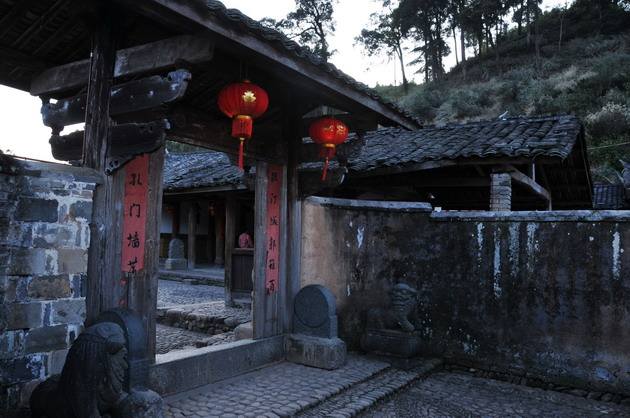
Jishu Hall is the biggest of the Nine Halls and Eighteen Courtyards.Its construction started in 1884 and finishedll years later,in 1894.It covers an area of 7,000 square meters and is Peitian’s largest and best-preserved hall.Beyond the Jishu Hall walls is a moon pond,a screen facing the gate,a stone pillar carved with dragons,and a pair of stone lions and drums.Within its walls is a broad courtyard and cobblestone paths bearing propitious designs of all kinds of flowers.
The rows of houses,courtyards and doorways link with each other in the distinctive Peitian style.
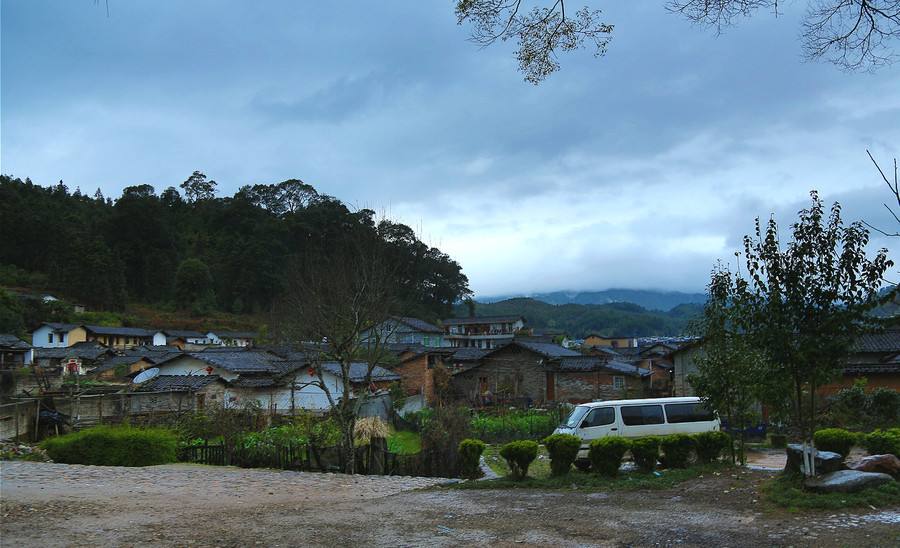
Peitian’s Nine Halls and Eighteen Courtyards give expression to the lofty Hakka realm of thought on a leisurely and peaceful life.They not only house the Wu patriarchal clan but also embody the intense innermost Hakka desire for the highest idealof life,that is,all generations of a family live together under one roof.
Secret of Unfading Culture of Peitian in 800 Years To esteem and have faith in learning and education and lay store on farming has been the tradition of Peitian for 800 years. It is also considered the cornerstone of family virtue and education.
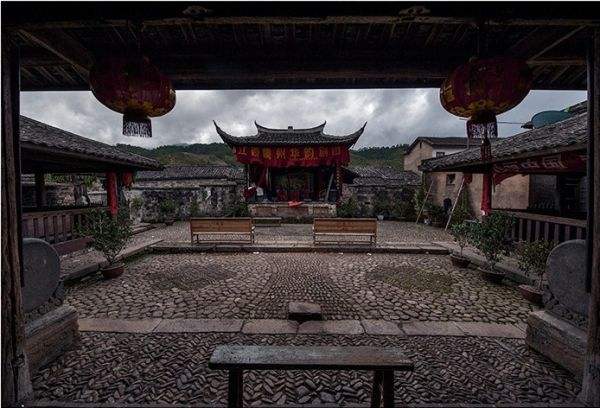
Peitian’s academies of classical learning and schools, therefore, command the same status as its ancestral halls, because they are the carriers of the Peitian culture. During the Ming and Qing dynasties there were nine academies of classical learning in Peitian Village, in addition to its five private schools and nine kindergartens. It is notable that apar from the elite cultural institutions, the village also had schools catering to the needs of the grassroots, such as the Hoeing Cottage Farming school, the Tall Bamboos Mansion Craftsmanship School, and the Beautiful Home School for Women.
The spiritual and cultural tradition of esteeming learning and farming is evident everywhere in the village-in the names carved on the memorial gateway boards, the couplets hanging on the pillars in the ancestral halls, and the village annals. It is also imbued in the rich connotations that convey ancestors’ ideas, virtues and aspirations with regard to their country and people, wherein farming and learning are the foundation for cultivating the moral character, charitableness, and willingness to make donations toward refurbishing and building schools, bridges and roads.
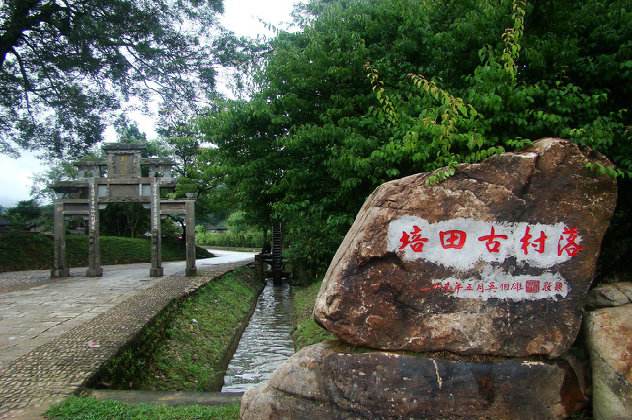
Esteem for learning and farming runs through the entire development of the Wu clan. Having accepted and lived by the principles of Confucianism since childhood, they are aware that they can be self-sufficient and live good lives only through diligent farming, they can advance and progress in society only by studying hard and achieving scholarly honor and social rank, and they can become rich only by combining an official career with business.
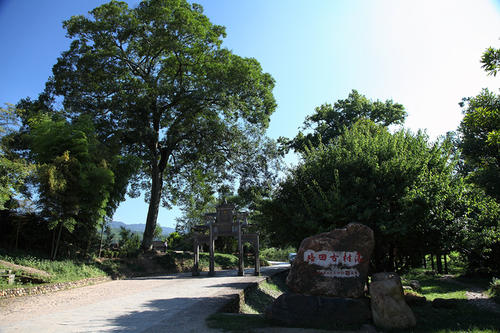
Today, although the majority of Peitian villagers still work at farming while many younger residents go to citiesto make a living, the tradition of esteeming farming and learning is still clearly evident.
